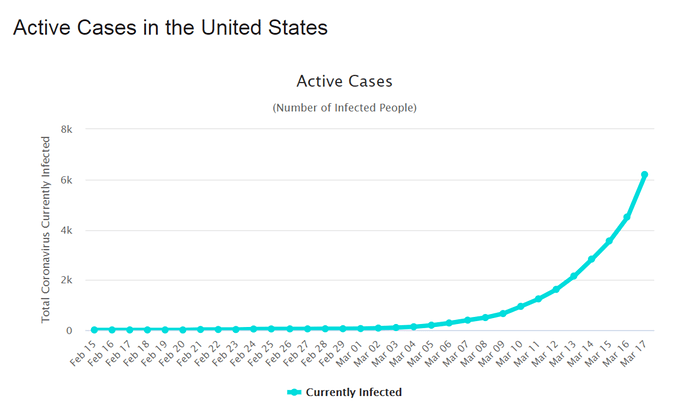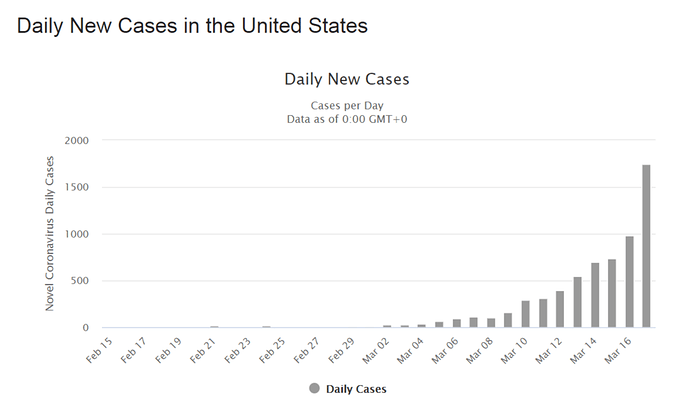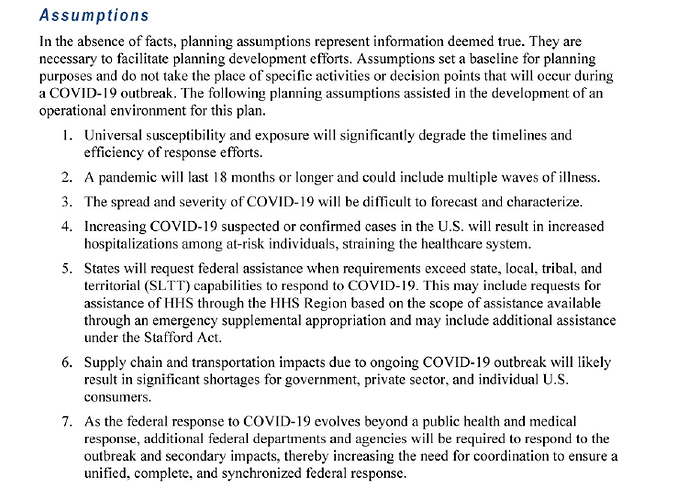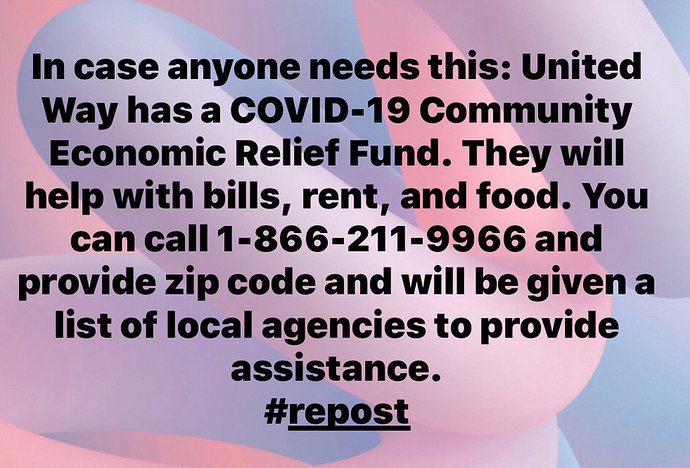Scientists agree that social distancing works, that we have no idea of the potential numbers of infected, and it is going to take more time than we’d like.
Dr. Fauci had it right
“You’ve got to be almost overreacting a bit to keep up with it,” Fauci said of the restrictions being introduced by the federal government to contain the outbreak.
From these opinion writers who are in the science field
By Ezekiel J. Emanuel, Susan Ellenberg and Michael Levy
Dr. Emanuel is an oncologist and medical ethicist, Dr. Ellenberg is a biostatistician, and Dr. Levy is an epidemiologist at the University of Pennsylvania.
It took far too long for Americans to accept how serious the coronavirus is. Now that we’ve finally taken the necessary measures in many places to close schools, offices, restaurants and other businesses, people are asking: How soon will it all be over? Two weeks? Four weeks? When can we go back to normal?
Unfortunately, normal is a long way off. We need to be thinking in terms of months, not weeks. We need to stop picturing that ubiquitous “flatten the curve” chart and start imagining a roller coaster.
Social distancing works. As China, South Korea and other countries have demonstrated, it is possible to slow the spread of the virus and limit how many people are infected at one time. This will keep hospitals from being overwhelmed with patients, so that those who are sick can be treated competently and compassionately. It will also give researchers time to work on developing vaccines and medications that could reduce the severity of the virus and save lives.
No one knows for sure how long social distancing will have to last to reduce the spread to near zero. But if South Korea and China are appropriate exemplars, we’ll need to stay apart now for at least eight weeks, and maybe more. China locked down Wuhan and other cities in Hubei province on Jan. 23. Today, provincial officials are reporting few or no new cases of the virus. Just a few days ago, they closed the last of their 16 makeshift emergency hospitals. Consequently, restrictions are easing. Schools and offices are slowly opening. People are beginning to go out and see other people.
That timeline suggests that your kids are not going back to school on April 1. Nor are you returning to the office or catching a movie anytime soon. Plan for social distancing at least until mid- or late May, and be thankful if it eases off earlier.
What can we expect when Americans slowly emerge from their homes? Like much about this novel virus, we don’t know for sure. A likely scenario is that there will be subsequent waves of the disease. That’s what happened in Denver in the 1918-19 influenza pandemic and in Toronto during the 2003 SARS outbreak. Over the next few months, South Korea, China and other countries will generate some relevant evidence to show how this might play out.





